1. Stockpiling Bottled Water

In the U.S., keeping cases of bottled water in the garage is a standard preparedness move. People buy it in bulk for natural disasters, road trips, and even daily use—just in case the tap fails. It’s often considered smart and responsible, especially in areas with aging infrastructure. Americans see hydration backups as non-negotiable.
Elsewhere, this behavior is seen as excessive or wasteful. Many countries rely confidently on tap water and reusable bottles. The idea of storing dozens of single-use bottles feels more like a panic reflex than smart planning. And yes, foreign visitors are baffled by the bunker vibe.
2. Owning a Generator
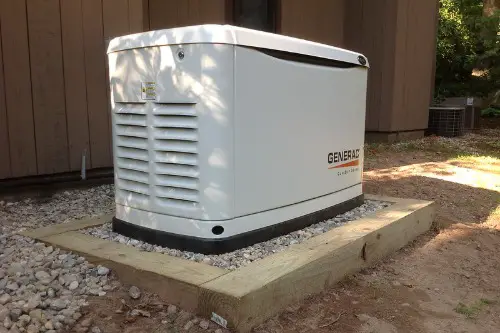
Home generators are common in parts of the U.S. prone to power outages, especially during hurricanes or winter storms. Americans value self-sufficiency, and keeping the fridge, Wi-Fi, and heater running feels essential. Many test their generators regularly and have fuel stocked nearby. It’s emergency readiness as a lifestyle.
In other countries, outages are brief and accepted as temporary discomforts. Residential generators are considered noisy, excessive, and reserved for rare cases. It’s the kind of investment that feels dramatic to outsiders. And yes, the hum signals hyper-preparedness.
3. Carrying Pepper Spray
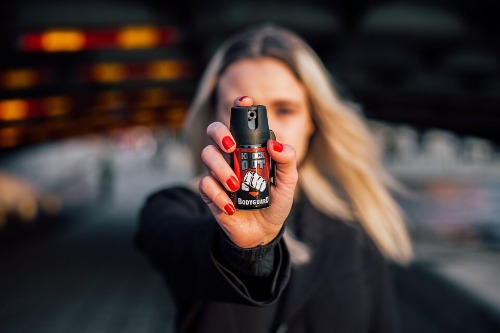
Pepper spray is a pocket-sized security blanket for many Americans—especially women. It’s marketed as empowerment, safety, and a practical way to walk alone at night. Parents gift it to college students, and some states even allow it in classrooms. It’s threat awareness normalized.
Elsewhere, carrying weapons—even non-lethal ones—raises red flags. In many cultures, public safety is seen as the government’s job, not the individual’s. Pepper spray is viewed as fear-driven and borderline aggressive. And yes, it often sparks uncomfortable questions abroad.
4. Owning a Gun “Just in Case”
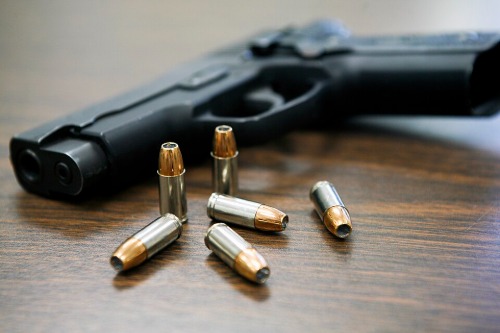
Many Americans keep a firearm at home for protection—even if they’ve never faced a threat. It’s viewed as a right, a responsibility, and an extension of being prepared. From safes to concealed carry permits, it’s a heavily normalized form of readiness. For some, it’s as routine as owning a fire extinguisher.
Internationally, this mindset often reads as paranoia or obsession. Most developed countries limit personal gun ownership to highly regulated cases. Having one “just because” is rarely accepted—and often feared. And yes, it’s one of the biggest cultural divides.
5. Emergency Go-Bags
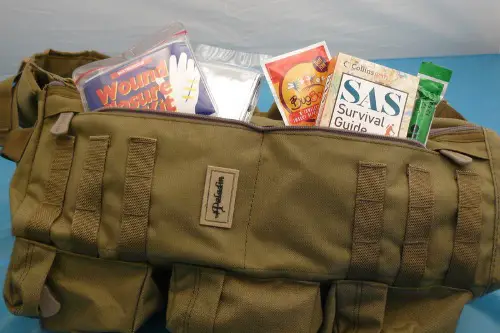
The “go-bag” trend includes backpacks filled with canned food, flashlights, first aid kits, batteries, and cash. Preppers, urbanites, and suburban families alike keep one near the door—ready for earthquakes, tornadoes, or civil unrest. It’s promoted as smart, strategic, and even trendy. Some people update their bag monthly.
In other countries, this level of readiness feels theatrical. Emergencies are managed communally, not through solo escape plans. A go-bag can signal anxiety more than rational caution. And yes, the term itself raises eyebrows abroad.
6. Multiple Phone Chargers—Everywhere
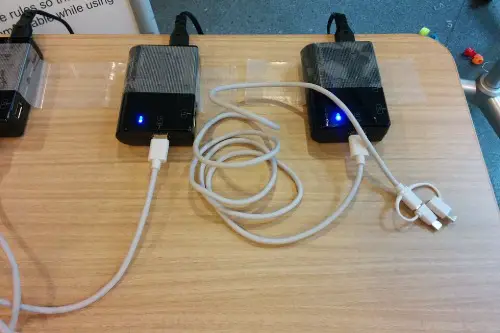
Americans often carry one charger in their bag, one in the car, one at work, and maybe a power bank too. Staying powered is considered essential—even when going to the store or out for dinner. Losing battery is seen as a mini emergency. It’s digital survivalism.
Abroad, many people aren’t as attached to constant charging. Public transportation, stronger battery habits, and less reliance on phones mean chargers aren’t so omnipresent. Americans’ fear of “going dark” feels extreme to others. And yes, it’s tied to cultural urgency.
7. Buying Insurance for Everything
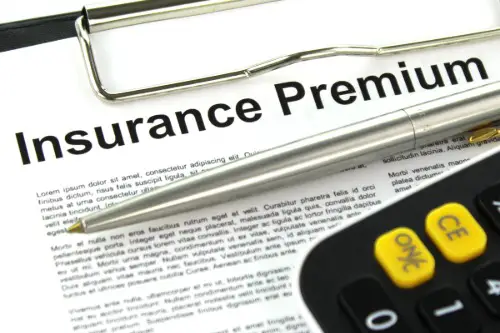
Americans insure homes, cars, phones, health, travel, pets, and even wedding rings. It’s considered responsible, mature, and necessary for peace of mind. Entire industries thrive on fear of worst-case scenarios. If there’s a policy for it, someone’s buying it.
Other cultures often view insurance as optional or government-provided. The idea of insuring a toaster or an engagement ring feels excessive. To outsiders, it can seem like preparing for disaster that may never come. And yes, it creates a safety net built on anxiety.
8. Constantly Checking the Weather App
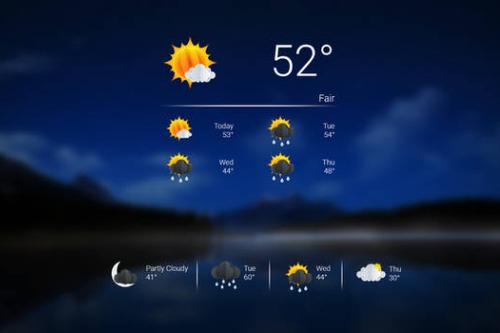
Americans frequently check hourly forecasts, radar maps, and pollen levels on their phones. Weather apps are consulted before outfit choices, weekend plans, and even grocery runs. It’s seen as proactive and responsible—not obsessive. “Better safe than sorry” applies to umbrellas, too.
In other countries, weather is something you adapt to—not obsess over. Decisions are made based on seasons, patterns, or simply looking outside. Constant checking can seem anxious or neurotic. And yes, the Doppler radar isn’t a daily ritual everywhere.
9. Keeping a First Aid Kit in the Car
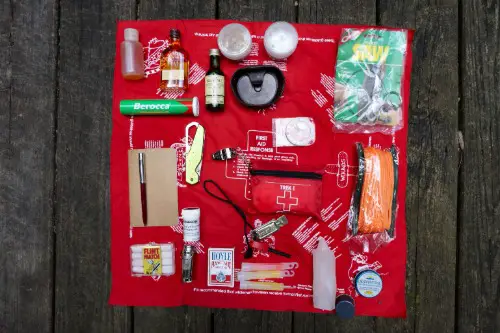
Many American vehicles have bandages, burn cream, tweezers, painkillers, and even splints tucked in the glove compartment. It’s considered prudent—especially for families, hikers, or long-distance commuters. Roadside accidents, bee stings, and splinters are taken seriously. It’s mobile medical readiness.
Elsewhere, first aid kits are more likely to live in public buildings, not personal vehicles. Drivers rely on emergency services, not DIY care. The idea of treating wounds mid-errand feels overly cautious. And yes, it’s another layer of American self-reliance.
10. Downloading Safety Apps

From GPS trackers to panic buttons, Americans embrace safety apps like digital lifelines. They’re marketed to parents, students, and solo travelers—normalizing high alert. Some apps notify friends if you stop walking or don’t answer a check-in. It’s preparedness powered by anxiety.
In other countries, these tools are rare and often seen as intrusive or unnecessary. Trust in public safety and social infrastructure minimizes reliance on tech-based alarms. For many, it feels more like surveillance than support. And yes, it sparks questions about baseline fear.
11. Keeping Cash “Just in Case”
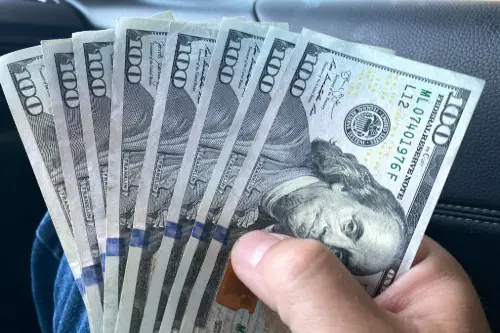
Americans often stash $20 to $100 in their wallet, car, or home in case cards fail or digital payments go down. Even with widespread mobile payments, emergency cash remains a cultural habit. It’s used for tipping, vending machines, and unpredictable moments. The phrase “always carry cash” is passed down like folklore.
In some cultures, cash is seen as outdated or even suspicious. Mobile wallets and bank transfers dominate daily transactions. Keeping bills feels unnecessary or old-fashioned. And yes, the emergency envelope draws curiosity abroad.
12. Practicing “Situational Awareness”
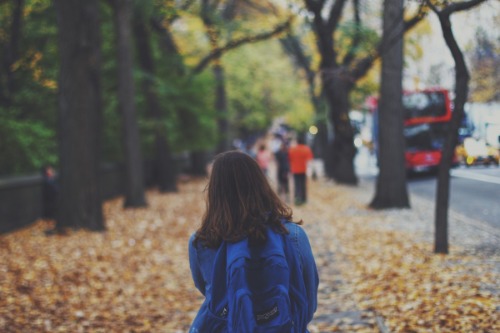
Americans are taught to scan exits, walk with keys between fingers, and avoid distractions in public spaces. Situational awareness is encouraged in schools, self-defense classes, and even HR training. It’s framed as confidence and survival—not paranoia. People pride themselves on being “ready for anything.”
Outside the U.S., this behavior can seem hyper-vigilant or theatrical. Trust in public environments makes such tactics feel unnecessary. Constant scanning can be mistaken for anxiety or distrust. And yes, the phrase itself rarely crosses borders.
This post 12 Things That Americans Consider “Prepared”—But Other Cultures Call Paranoid was first published on American Charm.


